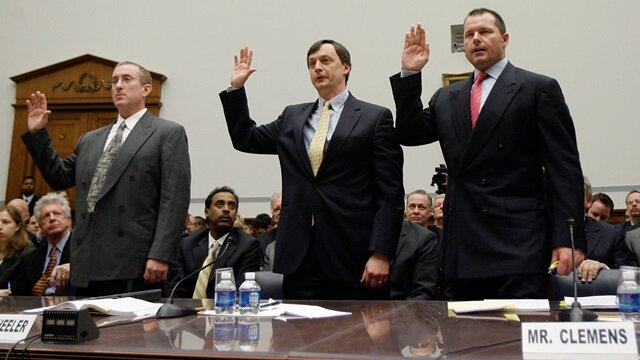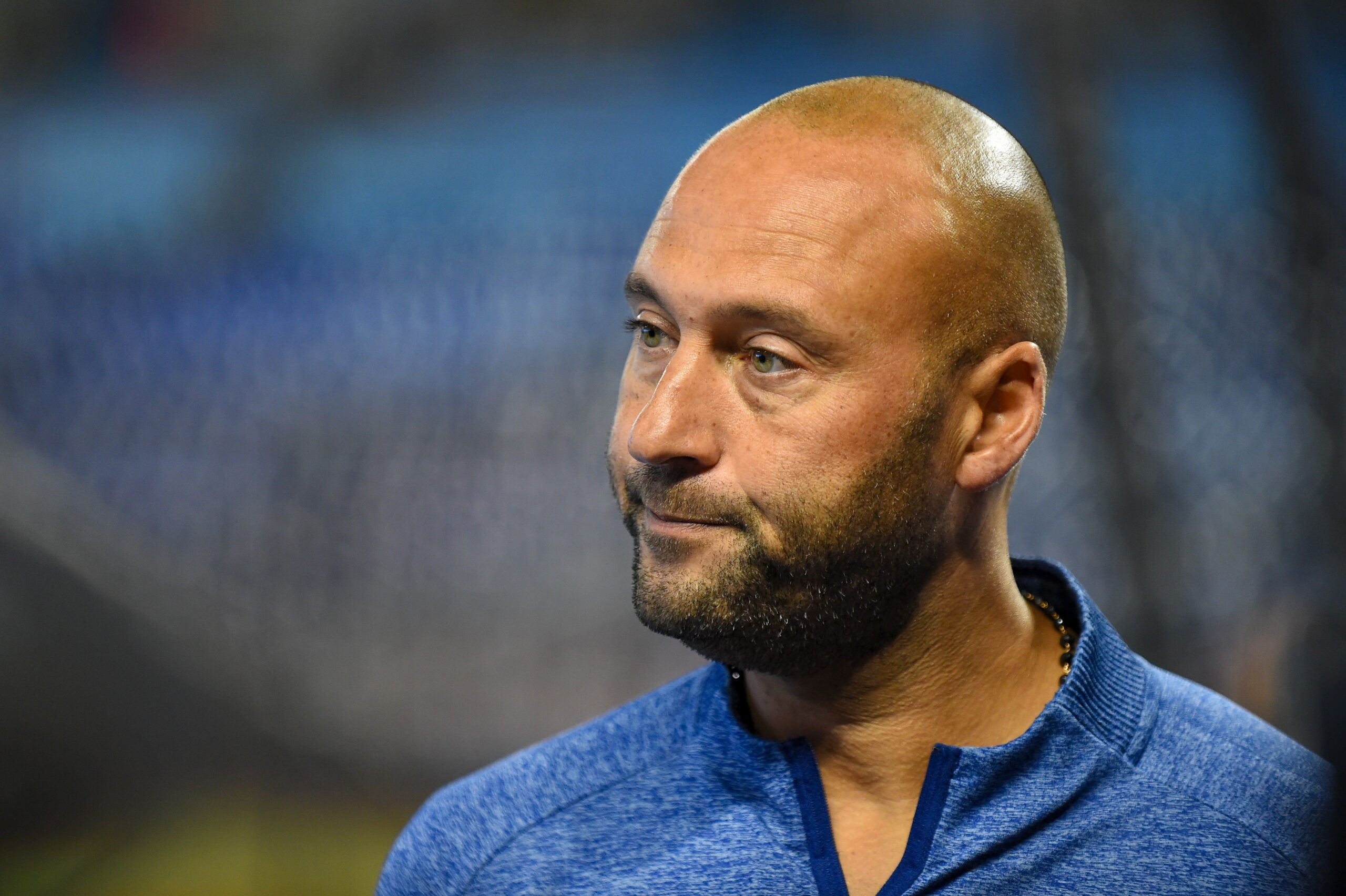As the PED Era subsided and MLB began to clean up the sport by instituting more frequent and harsher testing policies and penalties, the game began to normalize and players with Dee Gordons skill set became more of a commodity again.
The speedy Miami Marlins second baseman is one of those throwback players whose game revolves around situational hitting, speed and being a supreme catalyst at the top of the lineup. I recognized him as one of the post-PED stars, a guy who would have had little purpose in the league 25 years ago when the three-run homer ruled the landscape. Gordon is in the class of Maury Wills and Joe Morgan as far as excitement on the bases goes and he’s improved each season.
Gordon was finding his way as a hitter and trying to settle on a position during his first three years (2011-2013) with the Dodgers. He began to put it all together in 2014, batting .289 with a league-leading 12 triples and 64 swipes and making the NL All-Star squad.
Then, the 28-year-old was suddenly traded to the Marlins last year, which only strengthened his game. Gordon blossomed into a superstar, leading the majors with 205 hits and 58 stolen bases. He won the National League batting title (.333), became an All-Star for the second time and won a Gold Glove at second base.
Miami rewarded his multi-faceted game with a $50 million, five-year contract that he signed in January.
It was refreshing to see a player with Gordons tools thriving in MLB again. The PED Era of the ’90s and early 2000’s had given birth to a game that was homer reliant and some of the traditional, small ball aspects of the sport such as speed, bunts, infield hits and immaculate defense had fallen by the waste side.
Gordon became a symbol for everything that was right about baseball. He was MLB royalty, as his dad Tom Flash Gordon was a dominant reliever in his prime and a respected veteran of 21 MLB seasons. As one of the roughly eight percent of African-American players on MLB rosters, Gordon was a role model and an inspiration for young black kids who are baseball fans and for two-sport athletes contemplating a career in baseball.
Most importantly, however, he represented a style of play that is indigenous to the African-American ball player.
Or so we thought.
Not only has the face of post-PED baseball let us all down. He played us for a fool. On Friday, the wiry 5-11, 170-pounder (hardly a prime physical candidate for traditional PED use as we know it) began serving his 80-game suspension for testing positive for exogenous testosterone and clostebol, both performance-enhancing substances.
He claims that he did so unknowingly and expresses deep regret, which is the usual babble after failing a drug test.
“Though I did not do so knowingly, I have been informed that test results showed I ingested something that contained prohibited substances,” Gordon said in a statement released by the players union Friday morning. “The hardest part about this is feeling that I have let down my teammates, the organization, and the fans. I have been careful to avoid products that could contain something banned by MLB and the 20-plus tests that I have taken and passed throughout my career prove this.”
Even more baffling is Gordon’s zero homers, a power shortage that’s inconsistent with the sluggers who have been hung at the stakes in recent years for PED suspicions. He obviously didnt do it to hit more homers. Gordons suspension also proves that PED use may have subsided, but players are still taking them. It also shows how little we still know about the effects of certain PEDS.
Was Gordon using them to recover from injuries or to increase his focus and his endurance and his speed? Do the PEDs he used help his eye-hand coordination? His batting average jumped over 40 points in one season. Was it the PED’s or his maturation as a baller?
This Dee Gordon situation doesnt totally surprise me, but it does confuse the heck out of me.
Its forcing us to readjust what we look for statistically in a PED user. It used to be power numbers, but Gordons failed test (if it is legit) opens up an entirely new can of worms about how many players are still juicing and what new undetectable substances are available.
The PED game is like the coke game in the ’80s. Its cutting edge, the dealers and cultivators and scientists stay a step ahead of the law as far as new product is concerned and its apparently a cat and mouse game between the producers of PEDS, the players who use them, the government, and MLBs testing process.

(Photo Credit: Getty Images)
Despite a ton of embarrassment and a permanent stain on his baseball integrity, Gordons only losing $1.5 million during the suspension, according to baseball analyst Buster Olney of ESPN.
He got his money already and thats why players will continue to take the risk of juicing. Its hard to change a culture and like it or not, baseball has become entrenched in the PED culture as leading offenders and opponents of the phenomenon. It’s oddly driving the culture and trying to crush it at the same time.
According to Mike Golic of ESPN, since 05 more than 900 MLB players have been suspended for juicing and 90% of those are minor leaguers trying to get into the bigs. The lure of financial gain for players drowning in poverty back home, or the good player using to become great and get paid like it, or the big contract player needing to recover quickly from injury are narratives MLB will always have to deal with.
You just assumed a player with Gordon’s pedigree knew better. At least we hoped so.



